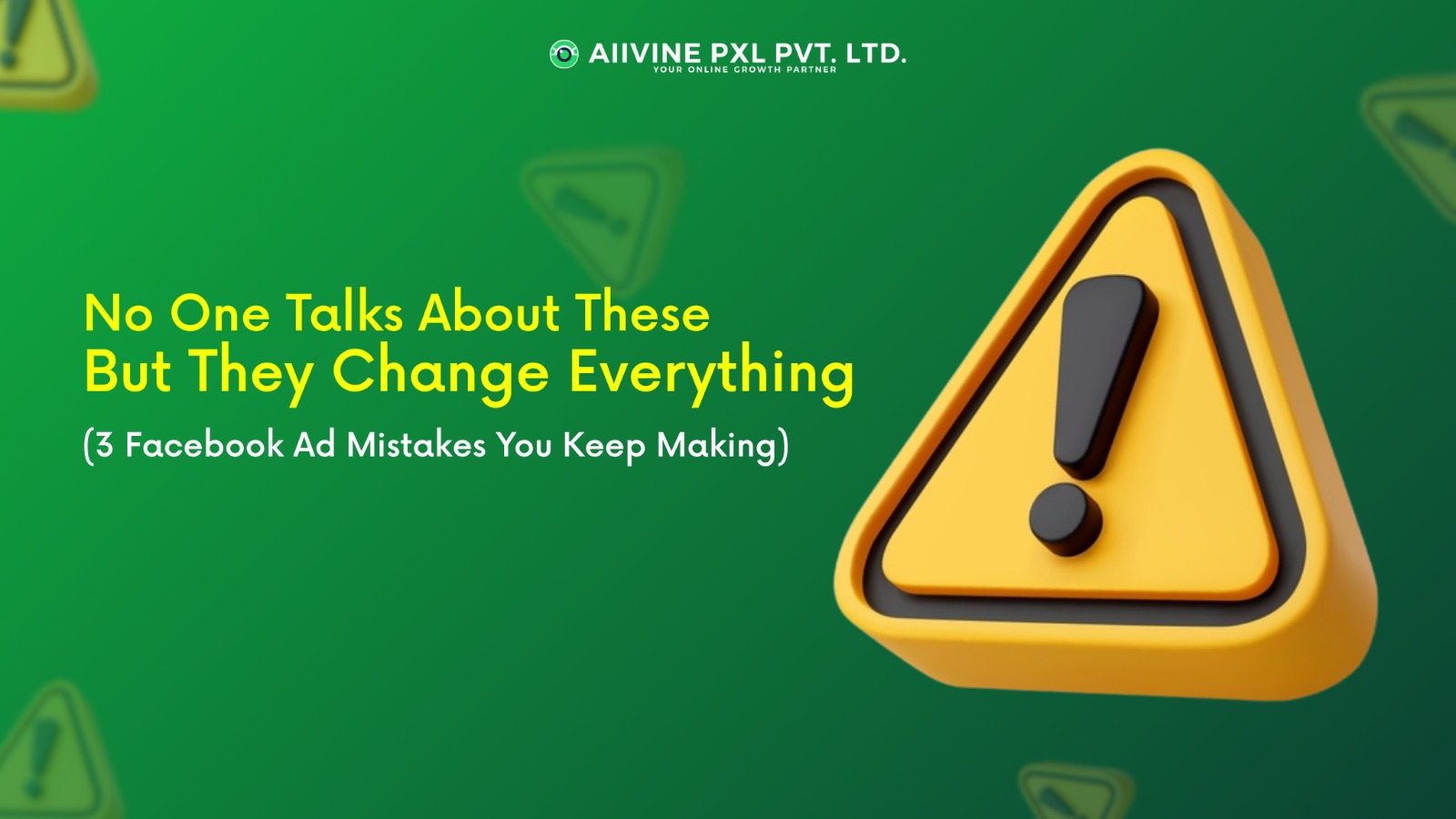Introduction:
Imagine having complete insight into who clicked your ad, what they browsed, and why they didn't make a purchase. You could then use that information to bring them back with highly targeted messaging. This isn't magic; it's the power of pixel tracking—the invisible game-changer behind successful Facebook and Instagram marketing campaigns.
Every click tells a story—and pixels help you read it. These tiny but powerful tools give you a clear view of what your audience is doing, what they’re interested in, and where they're dropping off. Whether you're running a small startup or managing a well-known brand, understanding how to track and use this data can be a game-changer. At our Digital marketing agency we've helped businesses turn struggling ads into consistent performers, simply by using pixel tracking the smart way. In this guide, we’ll show you how to unlock that same potential for your business.
Why Pixels Matter in Advertising Strategy
1. Track User Behavior Accurately
The pixel lets you see what actions users take after clicking your ad. Did they sign up for a newsletter? Add a product to the cart? Purchase? This kind of insight is gold for marketers.
2. Optimize Ad Performance
With data from pixels, platforms like Facebook and Instagram can automatically optimize your ads for the most desired actions—leading to better performance and reduced ad costs.
3. Retargeting Magic
Ever browsed a product and then saw the same product in an ad the next day? That’s retargeting powered by pixel data. You can show highly targeted ads to people who’ve already interacted with your website.
4. Custom Audiences & Lookalike Audiences
Pixels help create custom audiences (past website visitors) and lookalike audiences (new people similar to your existing customers), enhancing the reach and accuracy of your targeting.
How to Set Up a Facebook Pixel (Step-by-Step)
Setting up a Facebook Pixel is straightforward and essential for every digital marketing agency managing ad campaigns.
Step 1: Create Your Pixel
- Go to Events Manager on Facebook Business Manager.
- Click Connect Data Sources > Web > Facebook Pixel.
- Name your Pixel and add your website URL.
Step 2: Add Pixel to Your Website
- Manually install the code in the <head> section of your site, or use a partner integration like Shopify, WordPress, or Google Tag Manager.
Step 3: Verify Pixel Installation
- Use the Facebook Pixel Helper Chrome extension to test if the Pixel is firing correctly on your website.
Step 4: Set Up Standard or Custom Events
- Customize which actions you want to track. This helps tailor your data according to your campaign goals.
Advanced Pixel Strategies for Better Ad Performance
1. Custom Audiences for Retargeting
Use pixel data to create:
- Website Visitors – Target users who browsed but didn’t buy.
- Cart Abandoners –Encourage them to complete purchases.
- Past Customers – Upsell or cross-sell related products.
2. Lookalike Audiences for Expansion
Let Facebook find new users similar to your best customers.
3. Dynamic Product Ads (DPAs)
Automatically show relevant products to users based on their browsing history. A digital marketing agency can help fine-tune these strategies for maximum impact.
Advanced Pixel Strategies for Digital Marketers
1. Use Conversion API
Facebook’s Conversion API (CAPI) is an advanced way to send data directly from your server to Facebook, ensuring more reliable tracking—especially useful after iOS 14 privacy updates.
2. Event Deduplication
When you use both Pixel and CAPI, make sure you implement deduplication logic to avoid counting events twice.
3. UTM Parameters for Cross-Platform Clarity
Always include UTM parameters in your ad URLs. This allows for precise tracking via Google Analytics, even when pixel data is limited.
4. Combine with CRM Systems
When you sync pixel data with your CRM (Customer Relationship Management) tool, you get a 360-degree view of your customer behavior—from first click to final conversion.
Common Pixel Mistakes to Avoid
▶︎ Not Verifying Installation – Use Meta’s Pixel Helper to check for errors.
▶︎ Ignoring Event Tracking – Set up all relevant conversion events.
▶︎ Overlooking Data Privacy – Ensure compliance with GDPR and CCPA.
Conclusion:
Pixels are the backbone of successful Facebook and Instagram marketing. By implementing and optimizing pixel tracking, businesses can unlock deeper insights, improve targeting, and maximize ROI.
If you need expert help, partnering with a digital marketing agency can streamline your social media management and ad strategies. Ready to take your advertising to the next level? Start leveraging the power of pixels today!



